What is Parallel Finance? | Bringing DeFi to 1 Billion People
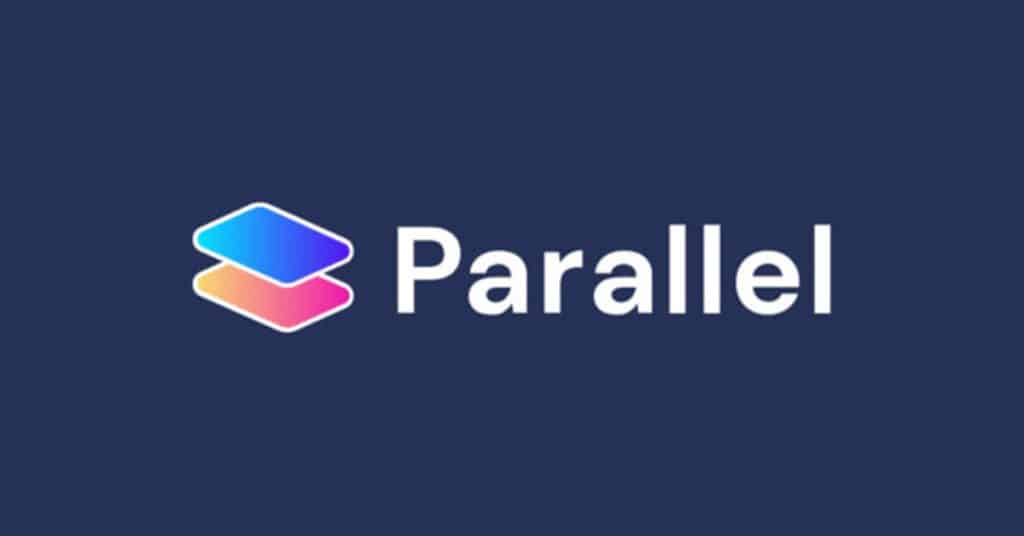
For anyone not familiar can you tell us what Parallel Finance is doing?
Parallel Finance is a DeFi super dApp protocol with the mission of bringing decentralized finance to 1 billion people. Parallel was originally built on Kusama and Polkadot networks, with plans to expand its product offering on other chains. We are committed to building a decentralized future that empowers the community, by increasing DeFi accessibility, capital efficiency, and security.
Parallel Finance launched 7 DeFi products with more features planned in the pipeline. The products offered by our DeFi super DApp protocol include: Liquid staking, AMM, decentralized Money Market, liquid crowdloan, stream protocol (DAO tooling), multichain wallet, and yield farming functions.
What is the use case for the PARA token?
PARA has a number of key utilities functions for its holders and users of the Parallel Protocol:
Protocol Governance
PARA holders will each have the ability to vote on all aspects related to the management and administration of Parallel Protocol, through governance, including governance action, referenda, network upgrades, council elections, and parameter adjustments, integrations, changes to incentives, and all other managerial functions.
Transaction Fees
PARA will also function as a means of satisfying network fees natively. It will be required to execute all transactions, including staking, lending, borrowing, crowd loans, trading, and other peer-to-peer and peer-to-pool arrangements.
Security Module Staking
PARA can be staked to a security module to hedge risks in case of staking slashes, and in return, contributors to this insurance pool will be compensated with PARA tokens. The insurance parameters are determined by PARA token governance in the event of a slash.
Polkadot Validator Insurance and Incentivization
Polkadot non-active validators will need PARA to increase their chances of being selected as an active validator based on our algorithm. The PARA will be used as the reserve in the insurance pool to cover for slashing risks.
Can you share some of the key statistics that we should know about?
The best way to check the statistics is through our own analytics website: https://analytics.parallel.fi/overview
Some key statistics that should be highlighted are for example:
- largest market share for crowdloan contributions: 22.04%
- Largest TVL of all Polkadot parachains: 479MIO (08/31/22)
- Second largest DOT liquid staking TVL: 17,4MIO (08/31/22)
- Largest DOT native Money market 51,5MIO (08/31/22)
- 41,700 PARA holders
- Value-wise largest polkadot parachain in XCM transfer ( source: https://polkaholic.io/#chains)
What kind of APYs can users get on their assets?
- For PARA 6,5%
- For DOT staking 14,5% + 3,5% in PARA
- For DOT lending 14,7% + 21% in PARA
Also, We just recently launched a LP incentive program for DOT/sDOT and DOT/PARA pairs, giving around 45%-55% APY at the moment.
How has the cross chain transfer upgrade to Polkadot, XCM, affected Parallel Finance?
This has changed everything, mind you this happened only 3 months ago, so basically you can say that the Polkadot ecosystem and therefore the parallel protocol is only 3 months old.
Only with XCM it was possible to transfer tokens from the relay chain to the parachain of Parallel and back. Only then users could send their DOT to Parallel’s protocol and use them on our protocol. All our products like liquid staking, money market, AMM are based to a very large extent on DOT, which would not be possible without XCM.
XCM enables completely secure communication, sending tokens, not only from the relay chain to parachains, but also from parachain to parachain. We are currently connecting more and more with other parachains like Acala, Moonbeam, Interlay and many others and have added first assets like GLMR to our money market. Many more will follow in shorter intervals until we have united all parachain assets on our protocol.
What are the risks and benefits of liquid staking our DOT?
Everything in crypto has some kind of risks. DOT Liquid staking is still a very secure way to use your DOT. We work with the best validators in the space together very closely and and we have an insurance pool (5% of total PARA supply) for possible slash risks.
The benefits are even greater:
- We can provide higher yield because we work with the best validators together to provide the best possible APY.
- We can incentive additional APY in PARA for DOT staking
- You can instant unstake at any time with the built-in Instant unstake function. It will automatically choose to either swap sDOT for DOT on AMM or unstake through our Money Market, whichever gives the best exchange rate. . Usually you need to wait 29 days for unstaking without getting rewards during this period.
- You can use your sDOT in Parallel’s Money Market as collateral to borrow other assets for more DeFi use cases.
- Overall, liquid staking can significantly improve the Stakers’ capital efficiency and by lowering the opportunity cost, encourage more DOT holders to participate in the act of staking and further enhance the Polkadot network security
What are liquidation free loans and how do they work?
The ‘Liquidation free loan’ is a very unique DeFi feature and in this market situation quite interesting as it has no liquidation risk. A liquidation-free loan is available for users who borrow DOT if and ONLY if they are using cDOT as their collateral.
First of all, what is cDOT? cDOT is the derivative token for a DOT that has contributed to a Polkadot crowdloan. A user who contributed to a crowdloan via Parallel has his DOT locked for 96 weeks but received the derivative token cDOT (crowdloanDOT). You can see it as the “receipt” representing the underlying locked-up DOT. The user can swap it for DOT if he wants his DOT back sooner or wait 96 weeks and then redeem cDOT to DOT. Since 1 cDOT is exactly 1 DOT at the end of the loan period (96 weeks), the user can lend cDOT and use it as collateral to borrow DOT liquidation-free as the value of the collateral and the value of the loan will always be correlated at the end of the lease period (up to 96 weeks).
More details can be found here: https://parallelfi.gitbook.io/parallel-finance/polkadot-network/parallel-product-guides/money-market-guide/liquidation-free-loan#what-is-liquidation-free-loan
Can you tell us about the HKO airdrop on Kusama?
It is an incentive program for KSM staking which is designed so that it is more profitable for all when many people stake. Normally there is a very high APY at the beginning and the more people stake their assets the lower it is. We wanted to create a program where it is worth telling your friends and acquaintances about it. The more KSM is staked in this 3 month program, the more HKO rewards you get per KSM. You can read the full details in this article.
People can expect that we will announce something similar with DOT staking soon. Through our Kusama parachains we are trying out many new things and if successful, they will be done on our polkadot parachain as well.

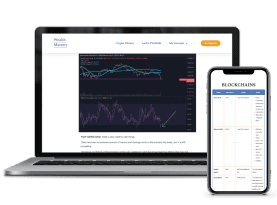





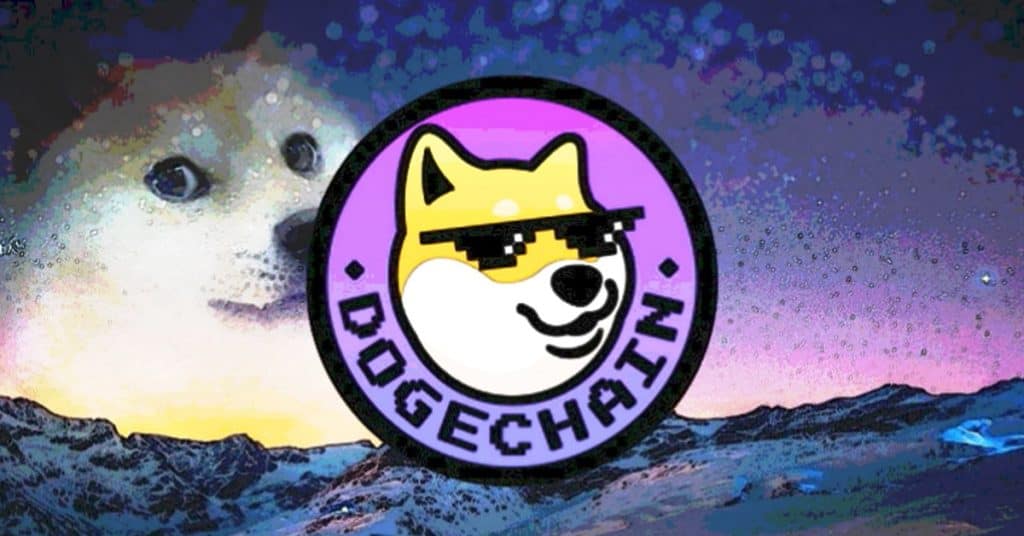
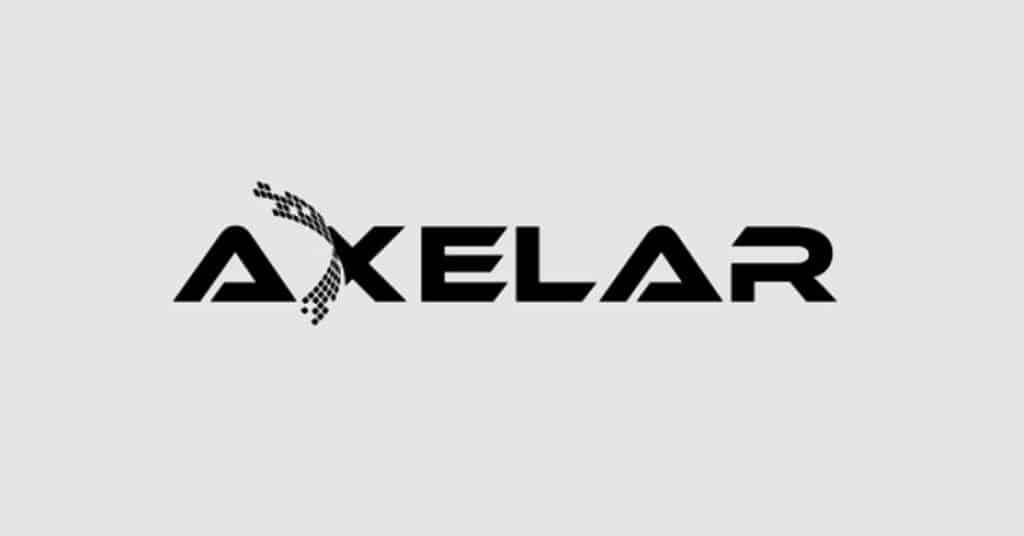
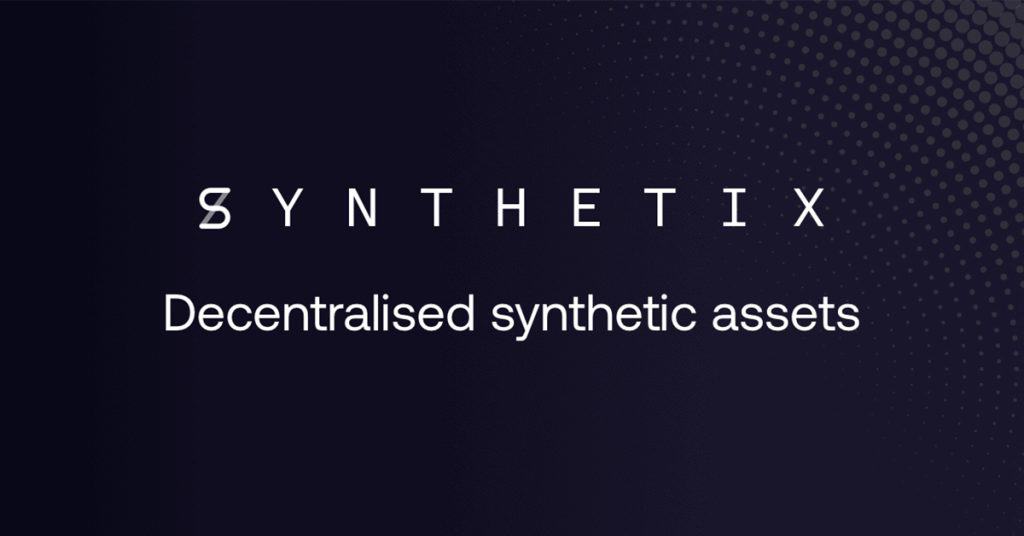
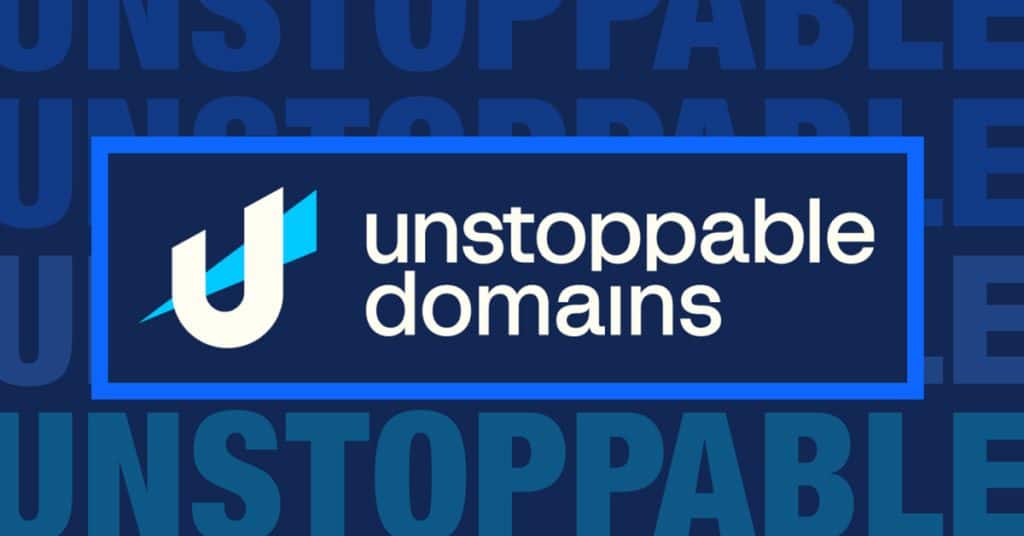
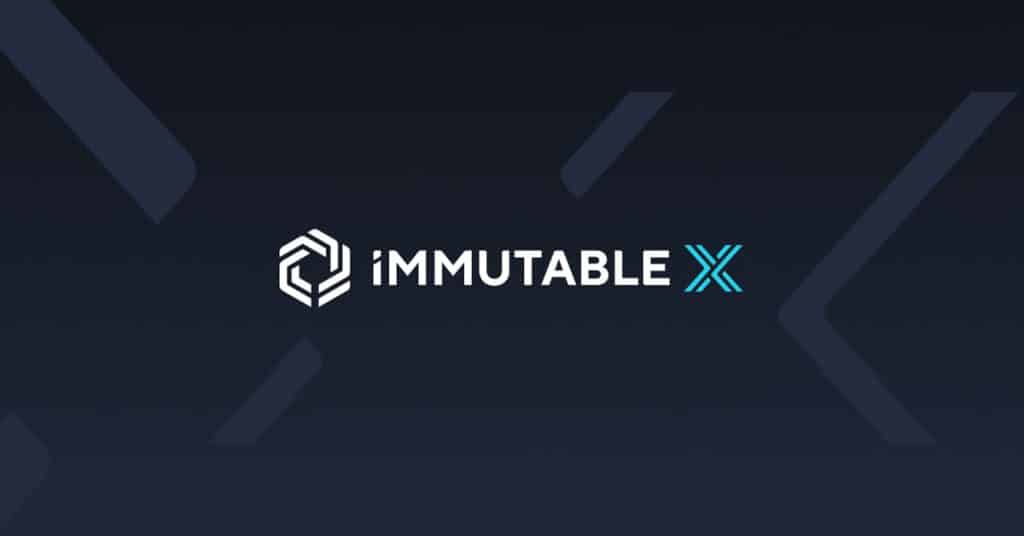

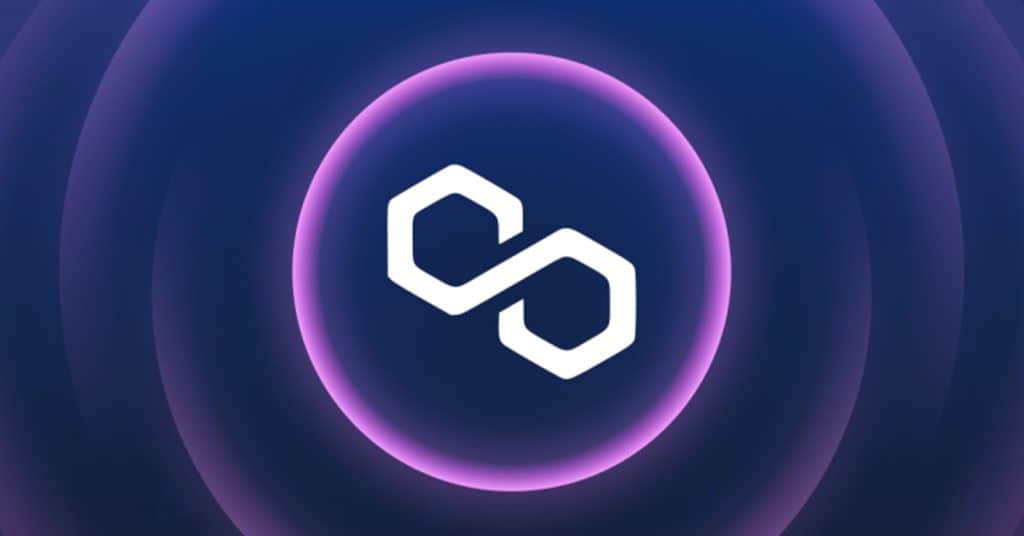
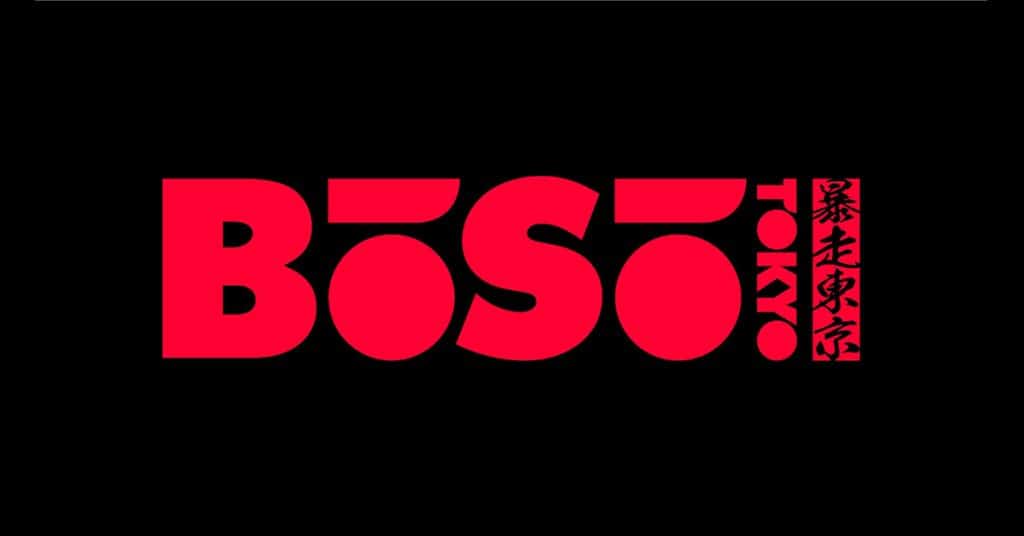

Responses